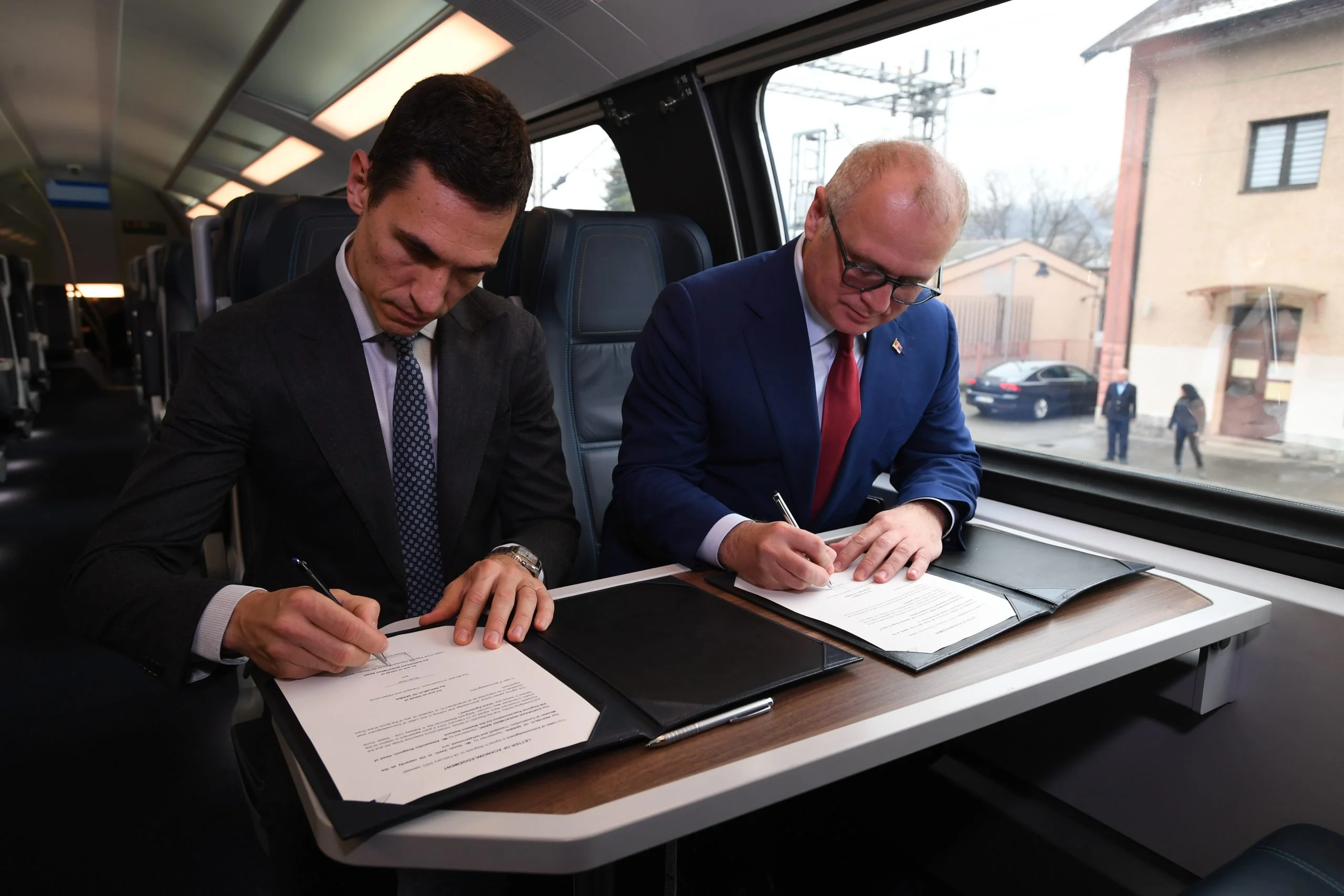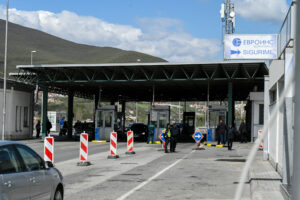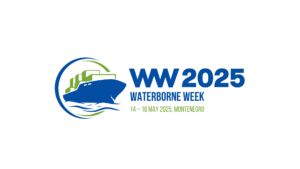Belgrade, 28 February – €2.2 billion financial package for Rail Corridor X has been announced today between Serbia, the European Union, European Investment Bank (EIB) and European Bank for Reconstruction and Development (EBRD). The package supports upgrade of the Belgrade-Niš section of Railway Corridor X, which will allow fast train connection of up to 200km/h between the two cities enabling faster flow of goods and services as well as contribute to the speedy integration into the EU railway networks.
The package consists of an investment grant of up to €598 million from the EU – the largest EU grant donation for a single project in Serbia to date; a €1.1 billion loan from the EIB and a €550 million EBRD loan. The EU has already approved €265 million worth grants and the first tranche amounting to €82.8 million was sealed in a symbolical signature event onboard a train from Belgrade towards Niš. The signing took place in the presence of the European Commissioner for Enlargement Negotiations Olivér Várhelyi, the President of Serbia Aleksandar Vučić, representatives of the Transport Community, EIB and EBRD, as well as Minister of EU Integration, Tanja Mišćević, Minister of Construction, Transport and Infrastructure, Goran Vesić and Minister of Finance, Siniša Mali and EU member states representatives.
Railway Corridor X is one of the pan-European corridors connecting central Europe with Thessaloniki, Greece. It is part of the EU’s €30 billion Economic and Investment Plan for the Western Balkans which aims to mobilise investments in the areas of transport, energy, green and digital transition, to create sustainable growth and jobs reaching 1/3 of the GDP of the Western Balkans.

The €2.2 billion financial package will enable a substantial modernisation of the railway infrastructure along the Belgrade-Niš section on Railway Corridor X. To reduce travel time between Belgrade and Niš to just 100 minutes, the new railway line will be around 204 kilometers long, comprising 33 bridges, 66 culverts, and 12 tunnels, and reach a maximum speed of 200 km/h, offering improved passenger comfort. During the project’s kick-off event a successful test run was conducted on the high-speed rail line from Belgrade to Ripanj in the direction towards Niš, achieving a speed of over 200 km/h.
This modernisation will lead to the improvement of Serbia’s connectivity to other European rail networks. It will facilitate faster freight transportation services and significantly reduce commuting time to both Niš and Belgrade. As railway transport is a clean way of transport, the modernisation of the railway system is also a contribution to a cleaner environment. Projects in the transport sector funded by the EU aim to improve transport connectivity, and thus better economic integration within the region and integration of the region with the EU. In addition, the efforts that the EU invests in the transport sector through these projects are largely focused on market opening and the implementation of the EU standards. Projects funded by the EU have significantly contributed to the railway reform process, introduction of modern and most cost-effective road transport infrastructure maintenance practices.










